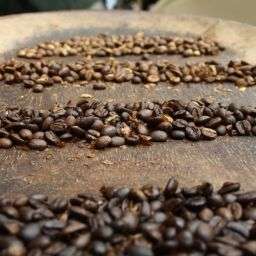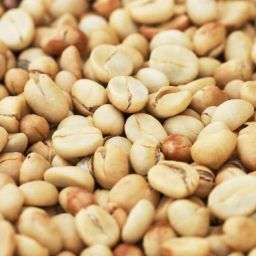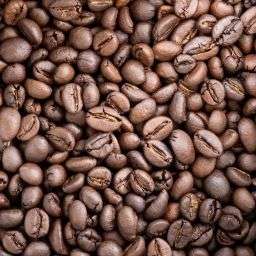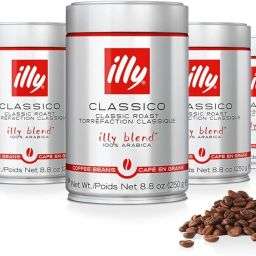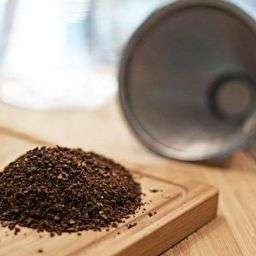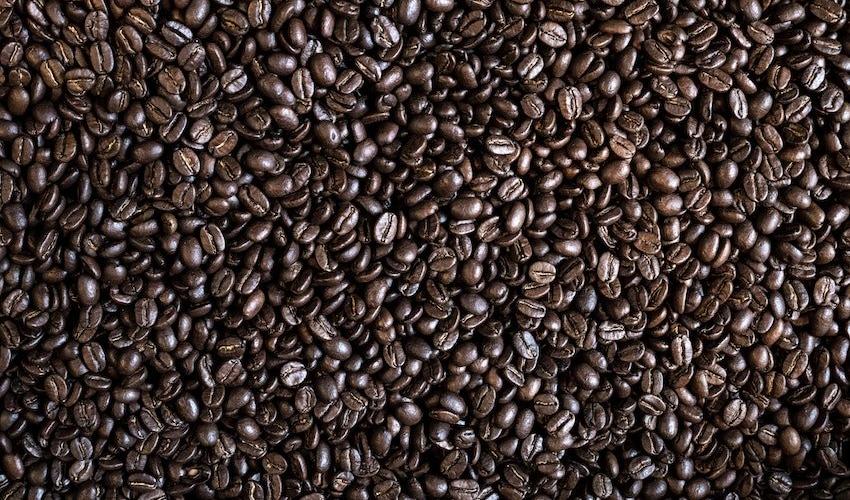
The distinction between espresso and coffee beans is a topic of considerable confusion and debate among both novices and aficionados in the world of coffee.
At the heart of this discussion lies a simple question: are espresso beans and coffee beans the same? This article aims to demystify the subject, shedding light on the differences and similarities between these two types of beans, their roasting processes, and their impact on the resulting brews.
By understanding these key aspects, coffee enthusiasts can better appreciate the nuances that make each cup of coffee unique.
Espresso Beans vs. Coffee Beans: Are They Different?
Espresso and coffee beans originate from the same species, primarily Arabica and Robusta, but the similarities often end there. The distinction comes not from the beans themselves but from how they are prepared and roasted for their intended use.
Espresso beans are typically given a darker roast to develop a fuller flavor profile suitable for the concentrated nature of espresso shots.
On the other hand, coffee beans might undergo a variety of roast levels, from light to dark, each influencing the flavor of the coffee in distinct ways.
The Role of Roasting in Flavor Development
Roasting plays a pivotal role in flavor development, transforming the green coffee beans into the aromatic, flavorful beans we use for brewing. Light roasts retain more of the bean’s original character and tend to have higher acidity.
Medium roasts offer a balanced flavor, aroma, and acidity. Dark roasts, preferred for espresso, are characterized by their bold, rich flavors with less acidity, a result of the longer roasting process.
This process also reduces the caffeine content slightly, contrary to the common belief that espresso provides a higher caffeine kick due to its intense flavor.
Read more about Difference Between French And Italian Roast Coffee.
Grind Size and Its Impact on Brewing
The grind size is crucial in brewing coffee, with espresso requiring a much finer grind than regular coffee to maximize flavor extraction.
This fine grind allows hot water to quickly saturate the grounds under high pressure in an espresso machine, extracting a concentrated, flavorful shot of espresso. In contrast, coffee beans for drip or French press are ground coarser, facilitating a slower extraction process suitable for these brewing methods.
The difference in grind size affects not only the extraction rate but also the overall body and flavor profile of the coffee, making it a key factor in distinguishing espresso from other types of coffee brews.
By understanding these fundamental differences—roasting, grind size, and brewing methods—coffee enthusiasts can better navigate the wide world of coffee and espresso, appreciating the unique qualities that each brings to the cup.
Taste and Aroma Differences
The unique taste profiles and aromas of espresso and coffee are significantly influenced by roasting, grinding, and brewing differences. Espresso, with its fine grind and dark roast, offers a concentrated flavor with a pronounced richness and depth.
The high-pressure brewing method used in espresso machines further intensifies these flavors, leading to a beverage that is robust, with a creamy texture and a layer of crema on top.
This method extracts volatile compounds efficiently, contributing to espresso’s strong aroma and full-bodied taste.
In contrast, coffee beans can be roasted to various degrees and ground to sizes that suit different brewing methods, such as drip coffee, French press, or pour-over.
These methods allow for a more gradual extraction, producing a beverage that highlights the beans’ natural flavors, including floral, fruity, or nutty notes, depending on the roast and origin.
The aroma of brewed coffee is typically more nuanced, reflecting the complexity of the beans’ flavor profiles without the intensity found in espresso.
Read more about Difference Between Light And Medium Roast Coffee.
Caffeine Content Comparison
There is a common misconception that espresso contains more caffeine than regular coffee by volume. However, while an espresso shot (approximately 1 ounce) does have a concentrated dose of caffeine, a standard cup of coffee (about 8 ounces) contains more caffeine overall due to its larger volume.
On average, an espresso shot contains about 63 milligrams of caffeine, whereas a cup of drip coffee can contain 95 to 200 milligrams of caffeine, depending on the beans and brew strength. Therefore, coffee may deliver a higher caffeine intake than a single shot of espresso.
Espresso and Coffee Brewing Techniques
Brewing espresso requires finely ground beans and high pressure to extract the coffee’s flavors and oils quickly and efficiently. An espresso machine forces hot water through the compacted grounds at pressures around 9 bars, producing a concentrated shot topped with crema.
This process emphasizes the coffee’s richness and complexity in a short brew time, typically 25 to 30 seconds.
Conversely, coffee brewing methods such as drip, French press, and pour-over offer more versatility but differ significantly in technique.
These methods require coarser grinds and rely on gravity or immersion for extraction, leading to a longer brew time that can vary from about 2 to 4 minutes for drip coffee to up to 4 minutes for French press.
Each brewing method highlights different aspects of the coffee’s flavor profile, allowing for a range of taste experiences from the same beans.
The choice of method can significantly affect the final beverage’s body, acidity, and flavor notes, providing coffee drinkers with a wide array of options to suit their preferences.
Read more about Does Dark Roast Coffee Have More Caffeine.
FAQs
Can I use coffee beans to make espresso? Yes, you can use regular coffee beans to make espresso.
The key difference in the espresso-making process lies in the grind size and the brewing technique, not the bean itself. Using a fine grind and an espresso machine, you can achieve the concentrated flavor and crema characteristic of espresso with any coffee bean.
Does the type of bean dictate whether it’s used for espresso or coffee? Not necessarily. While certain beans are marketed as “espresso” due to their roast profile and flavor characteristics deemed ideal for espresso brewing, any coffee bean can be used for either espresso or regular coffee.
The choice depends on personal taste preferences and the desired outcome in terms of flavor and aroma.
Conclusion
In conclusion, while espresso and coffee beans originate from the same plant and can technically be the same beans, their preparation, roasting, and brewing methods introduce distinct differences in the final beverage.
Espresso is characterized by a finer grind, a darker roast, and a high-pressure brewing process that results in a concentrated, flavorful shot with a signature crema. In contrast, coffee can be made from beans of various roasts and ground sizes, brewed using methods that highlight different aspects of the bean’s flavor profile.
Ultimately, the distinction between espresso and coffee beans is less about the beans themselves and more about how they are processed and brewed to cater to diverse tastes and preferences.
Read more about Does The Roast Of Coffee Determine Caffeine.



